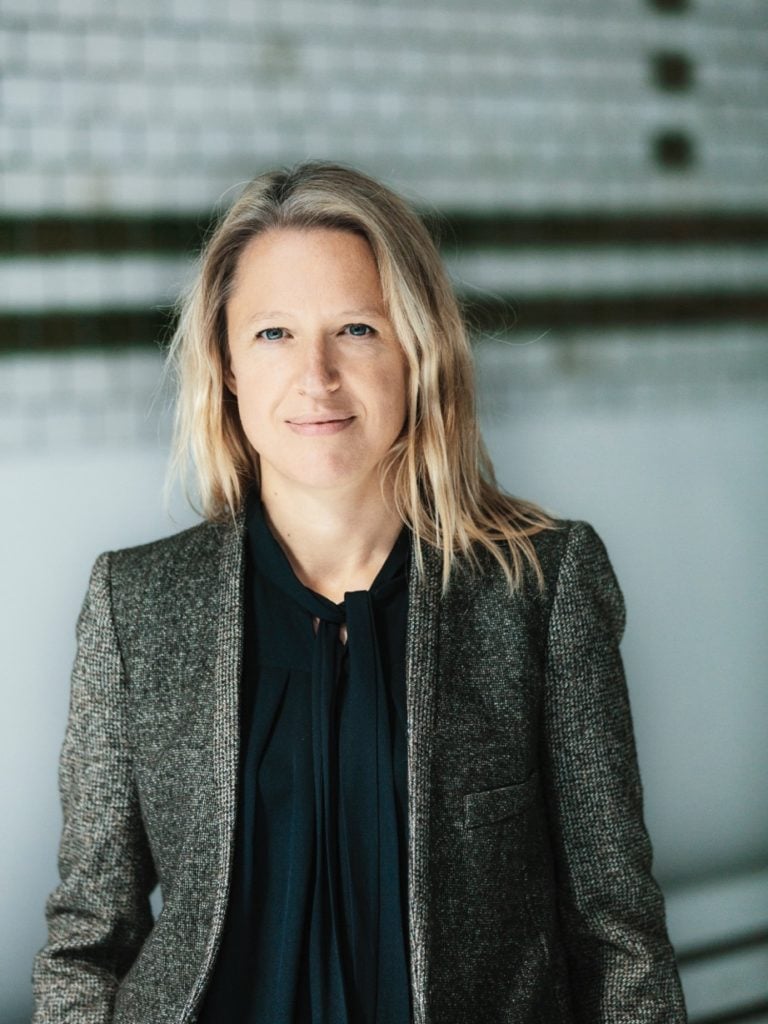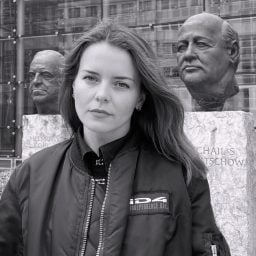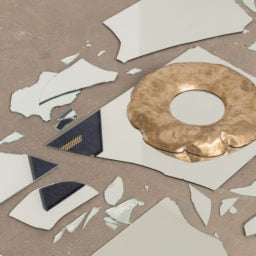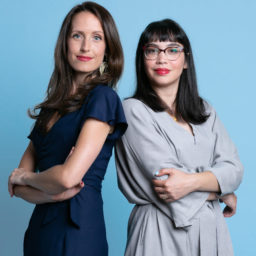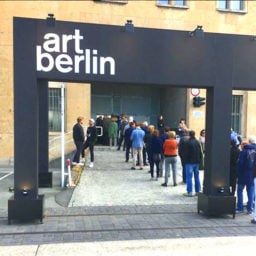After a partnership with Art Cologne made last year’s edition of art berlin an eleventh-hour success, the fair acheived something unexpected: It entered into a multi-year contract with the Rhineland fair’s parent company, Koelnmesse. The new deal not only represents an unprecedented development for the fair and its veteran director Maike Cruse; it may offer a glimpse into the future.
In addition to bolstering art berlin’s viability, Cruse says the new partnership brought “a totally different perspective” to planning and organization. For its 2018 edition, the German capital’s preeminent fair is seizing the opportunity to bolster its programming with collaborations and specially curated booths and sections.
For instance, Cruse has tapped the talents of Swiss-born writer and curator Tenzing Barshee to organize a concept booth called Salon, which will present works by around 40 galleries. The special section, and the others like it, serve to offer a meaningful platform to galleries that may not have been able to attend the fair in full capacity.
Indeed, art berlin draws much of its power from these special sections and collaborations, allowing it to remain accessible and affordable to its network of galleries.
A few weeks ahead of fair’s opening, we caught up with Cruse in her office in the gallery district of Potsdamer Strasse (where she also heads Gallery Weekend Berlin). As the director pored over art berlin’s layout, she spoke to artnet News about the fair’s new location in the historic Tempelhof airport, the rapid evolution of Berlin’s art scene, and how collaborations may offer a model to support galleries amid the mid-market squeeze.
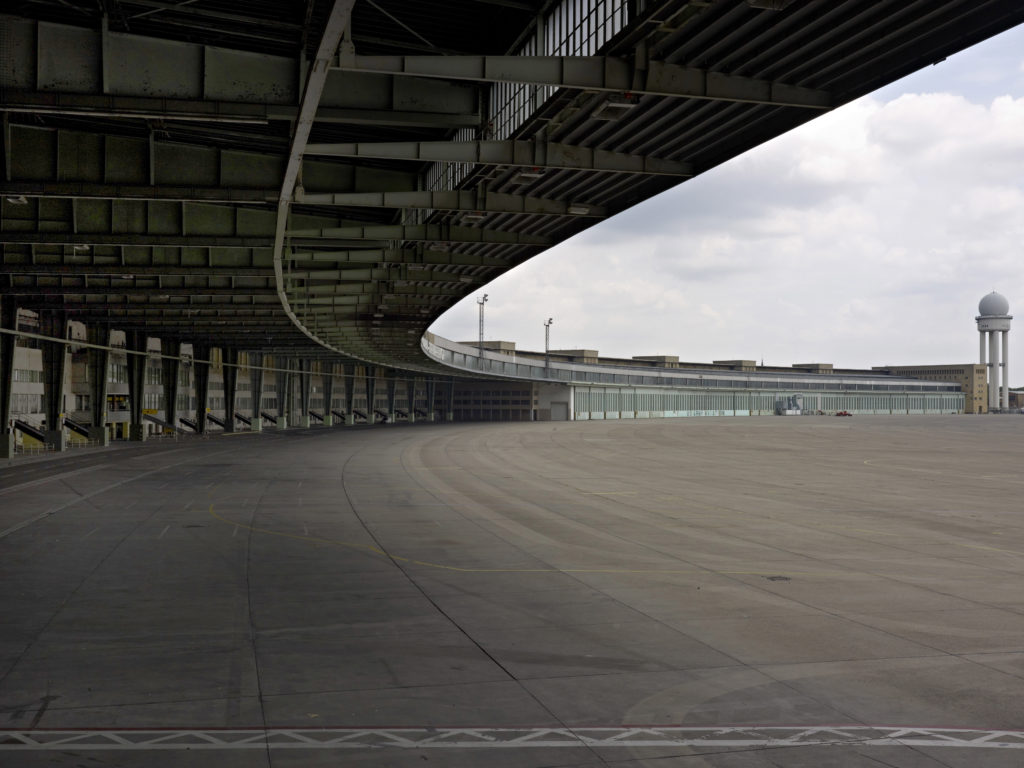
Flughafen Tempelhof 2 where 2018’s art berlin will be held from September 27–30, 2018. Courtesy Tempelhof Projekte GmbH.
What are you most excited about for this year’s edition of the fair?
We are really excited to move into our new location, two hangars of the historical Tempelhof Airport, which is being developed into a central venue for cultural activities. We have an outside area with outdoor sculptures and two new sections with Special Projects including 28 galleries as well as Salon including 40 galleries in one booth. We are happy to see that many galleries are bringing solos shows to present their artists in depth: such as Esther Schipper presenting Karin Sander; Capitain Petzel brings a solo show with works by Peter Piller; Galerie Neu shows Marc Camille Chaimowicz; Galerie Hans Meyer will install a piece by Tony Oursler; and Deborah Schamoni will bring new works by Tobias Spichtig.
There will be various curated booths, with Sprüth Magers presenting artists like Thea Djordjadze, Astrid Klein, Pamela Rosenkranz, Rosemarie Trockel, Kaari Upson, and Andrea Zittel, and neugerriemschneider bringing together works concerned with icons of veneration by Pawel Althamer, Olafur Eliasson, Antje Majewski, Mario Garcia Torres, and others. Freedman Fitzpatrick from LA and Paris show works by Amelie von Wulffen, Lucie Stahl, Mathis Altmann and others. I am also really excited to see works by Gunther Fruhtrunk at Walter Storms, Fred Sandback at Ikeda, and works by Jeanne Mammen and George Grosz at Kunsthandel Maass.
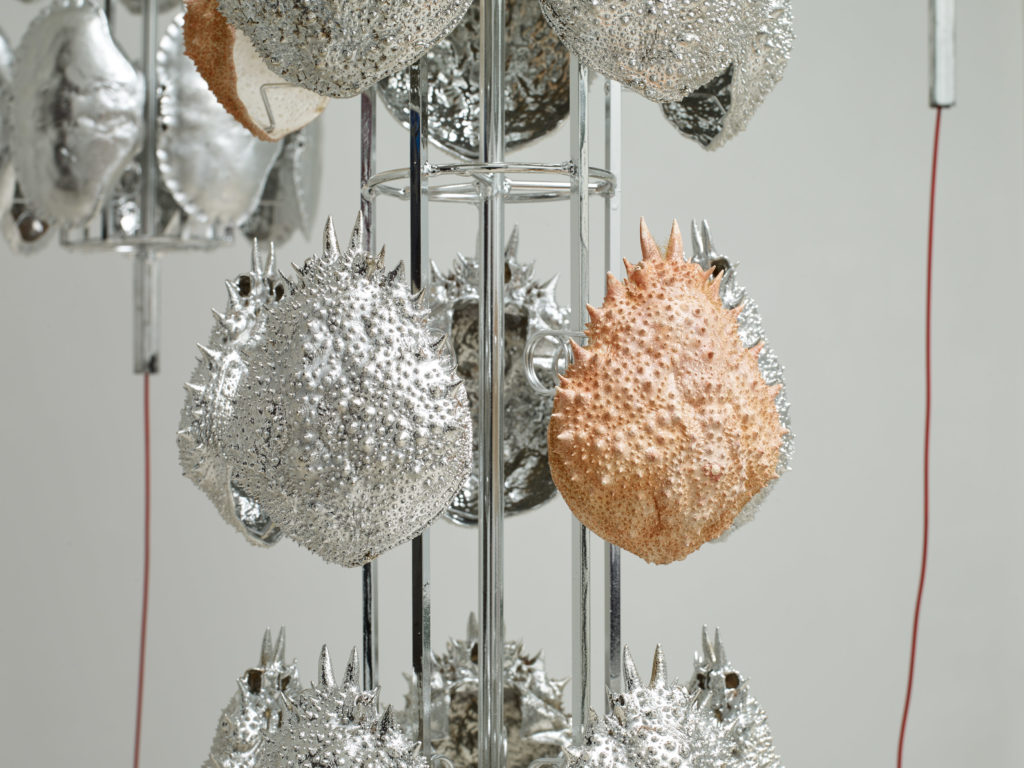
Alice Channer Crustacean Satellites (2018). Courtesy the artist and Konrad Fischer.
You have been at the fore of building up the Berlin market for nearly 10 years, heading both Gallery Weekend Berlin, the former abc (art berlin contemporary), and now art berlin. How has the Berlin art market evolved in that time?
Berlin is the city of artists and an important city for art production. As a result, it has become the most interesting gallery hub in the world supporting their artists in a sustainable way. Berlin doesn’t have a traditional art market, and 10 years ago we did not have many local collectors, but things have been significantly changing in recent years. Gallery Weekend has always been really successful, with collectors from all over the world returning to Berlin every year in late April/early May. German, but also international, collectors have moved here to open private museums: Karen and Christian Boros, Julia Stoschek, Desiree Feuerle, and Barbara and Axel Haubrok, to name but a few. I’ve had recent conversations with other collectors who have acquired spaces here and are planning to present their collections in Berlin as well.
In addition, we are seeing growing interest from young and new collectors, especially towards the city’s younger galleries. We meet them throughout the year and bring them to the art fair in September. This development is especially important for Berlin’s younger and mid-sized galleries, who might not be able to participate in many international fairs and who need to find their clientele locally and throughout the year.
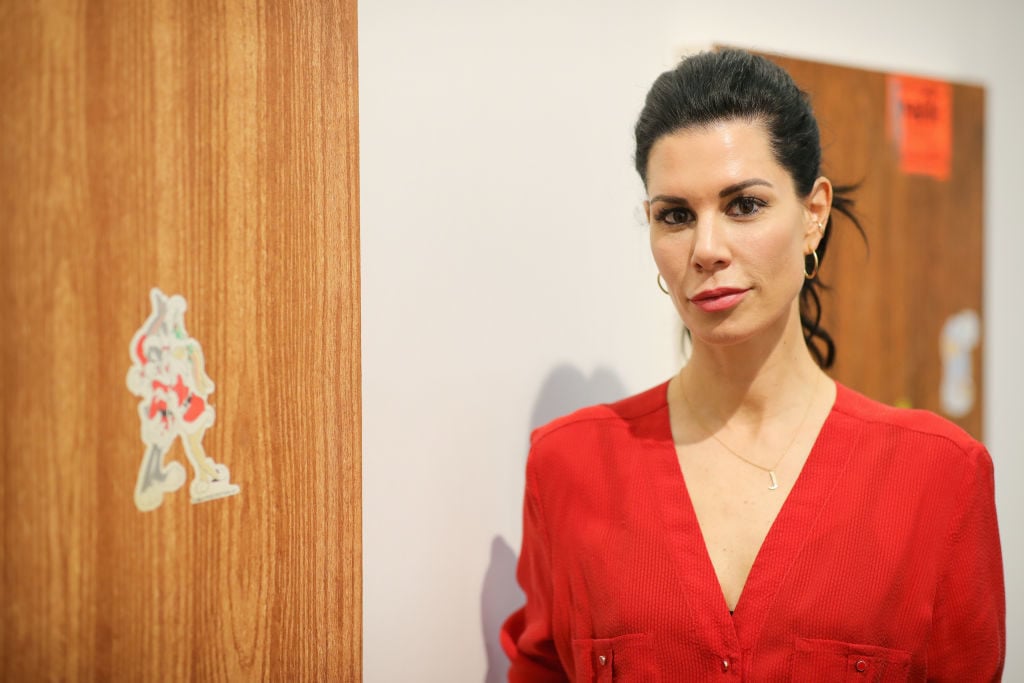
Art collector Julia Stoschek is one of several prominent figures who have either expanded or moved to Berlin in recent years. Photo by Andreas Rentz/Getty Images.
Despite the nation being this art-world powerhouse, what are some of the challenges facing the German art market today?
We have very important galleries in Germany and a strong market, but for smaller and mid-sized galleries things have become more difficult. The German art market faces various challenges compared to other countries: Dealers pay 6 percent of every sale to the artist pension fund (Künstlersozialkasse), even for those sales of artists who do not benefit from this fund. Furthermore, the 2014 tax increase legislation on art trade, which shifted a reduced 7 percent tax on art to a standard 19 percent, has significantly impacted German dealers. It makes it challenging to compete with other European galleries or even US galleries. It can be even cheaper to buy an artist’s work from a US gallery and pay the extra transport costs than to have to pay this extra tax.
A gallerist told me that if she keeps her finances really tight, she might be able to reap a 10 percent profit. Even for the bigger galleries, the margin is small because costs have risen in the past years. Next to the taxes, the main challenges for gallerists are fair participation, rents, and production costs.
If we want to keep a flourishing gallery scene in Berlin and in Germany, fostering artists and supporting their careers sustainably, we need to support the galleries and work on better conditions!
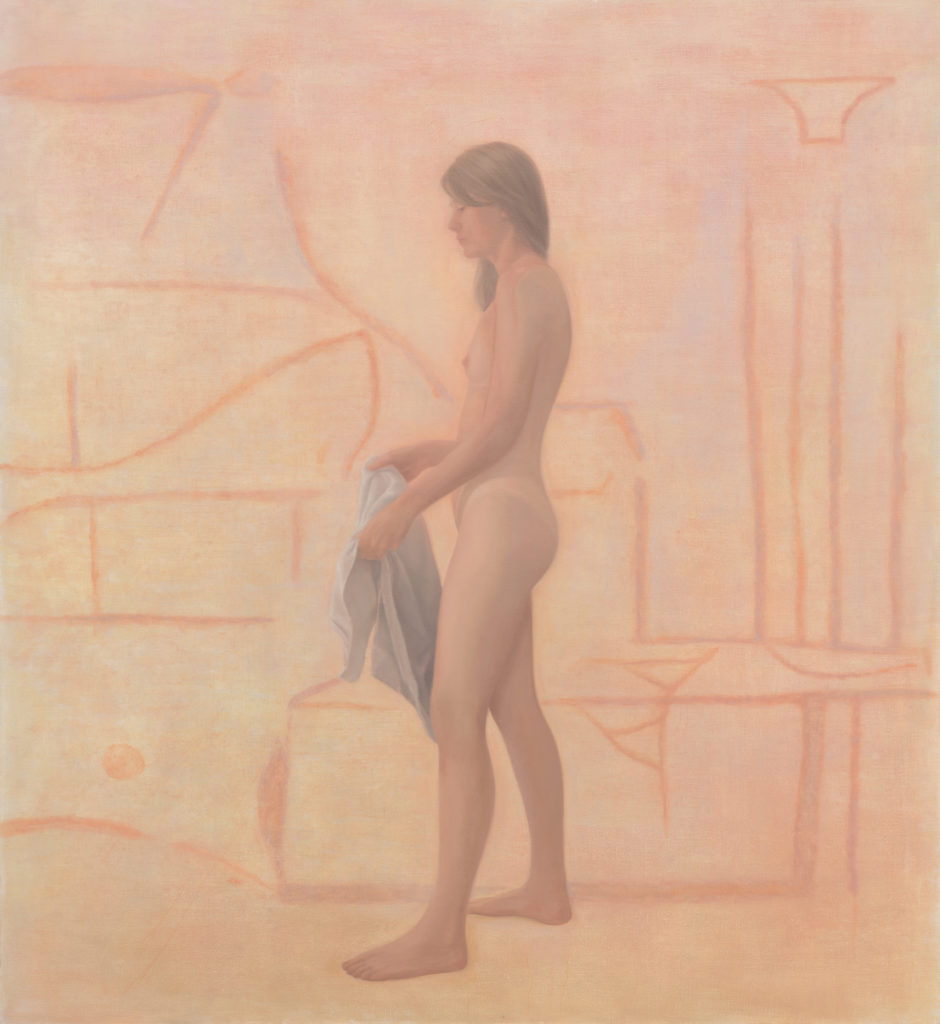
Tobias Naering will be presenting a booth as a part of the new curated section, “Special Projects.” Picture above: Sarah in the Sauna, Melanie Ebenhoch, (2018). Photo: dotgain.info. Courtesy Galerie Tobias Naehring, Leipzig.
As a director of Berlin’s two largest market events, how did you react to recent gallery closures, both in Berlin and beyond?
In running Gallery Weekend and art berlin, we try to provide the best work possible for the galleries at the lowest possible cost. Gallery Weekend is a not-for-profit organization and participating galleries discuss with us how high the participation fee should be and the way it should be spent to the best effect. At the moment, we are discussing a new price structure to further support our participating galleries.
art berlin is a very affordable art fair. This year, we have created sections for younger galleries such as Special Projects and Salon, which is a collaborative booth including around 40 artists and their galleries curated by Tenzing Barshee. At the same time, we work hard on bringing in curators and collectors to meet them. We are certainly developing the art market with our engagement creating successful events. But much more needs to be done from a country like Germany, especially the city of Berlin, which seems to take the art market and the work of the galleries for granted. If galleries have to close, this might end the career of 10 or 20 artists, and this is fatal.
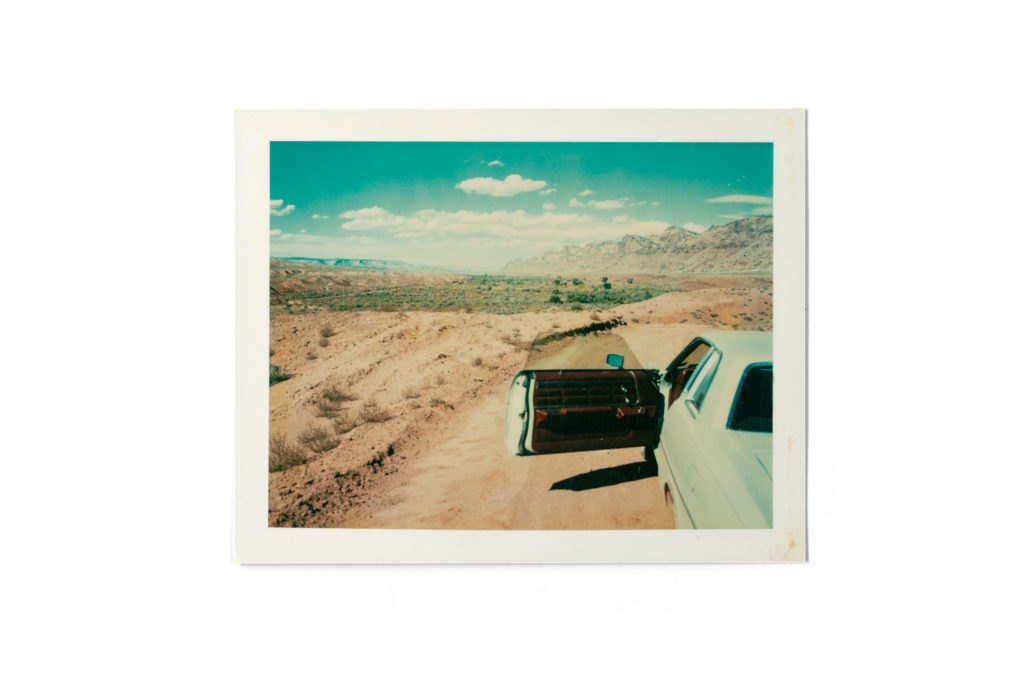
Blain Southern will present works by Wim Wenders. Pictured above: Valley of the Gods, Utah (1977) © Wim Wenders, Courtesy of Deutsches Filminstitut
There have been some criticisms of Gallery Weekend Berlin and its structure. How do you respond to those criticisms?
Gallery Weekend is a collaboration of around 50 galleries represented by a rotating board of gallerists, in which I act as moderator. We are proud to have created the most high-end and commercially successful art weekend in Berlin, transforming the city into a museum of contemporary art. This energy comes purely from the participating galleries; we are not funded in any way by the city, and we like the idea that all the other galleries, institutions, project spaces, and the city itself can also profit from this energy. If criticism is constructive, I am always open for discussion. We are a small, flexible team constantly tweaking and reworking our events.
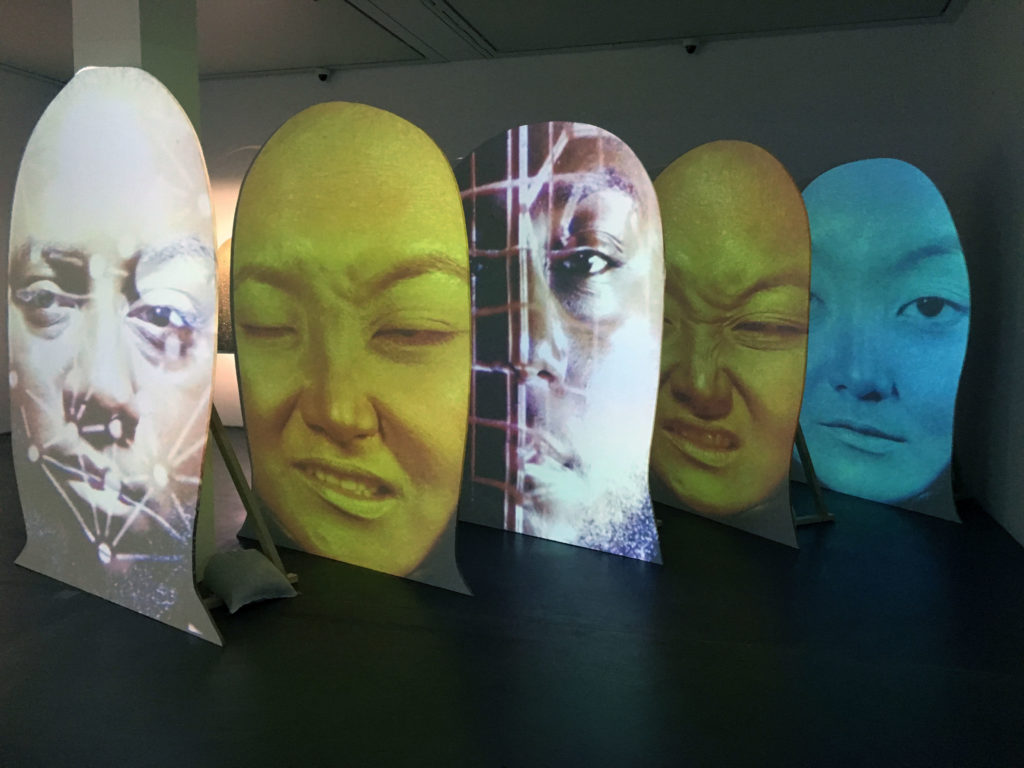
Tony Oursler. Courtesy: Galerie Hans Mayer
Collaboration is central to art berlin’s strength and vitality, and it figures prominently at this year’s edition of the fair. And last year, of course, you began a significant partnership with Koelnmesse, the parent company of Art Cologne. Is this the way forward, for fairs to collaborate more with each other?
I don´t think it’s very timely to think in terms of competition; we all make each other stronger. If Art Cologne is successful, things also work better for us. It is important for our galleries that all the art fairs they participate in function efficiently. And thanks to the merge with Koelnmesse, we finally could transform abc into an art fair with long-term planning reliability.
Many models people are considering at the moment involve collaboration. Gallery Weekend is based on the same idea—to come together as a way of strengthening the scene. Our galleries are sharing their collectors, bringing them to our various events where they are able to meet the other gallerists as well.
Speaking of this year’s collaborations, you are inviting galleries from ArtRio to have a booth at your fair, as well as Austrian galleries. What’s the motivation behind this?
We have started a collaboration with ArtRio. We have thought about bringing Berlin galleries there as well as Brazilian galleries here, and this is a place to start. Since Art Rio and art berlin are taking place concurrently, it is also about saving resources by bringing these galleries here together in a collaborative booth.
Several Austrian galleries are also participating as a group booth, due to the overlap with vienna contemporary. These galleries have always participated in art berlin, and abc previously, and this year each of them will bring one artist to a curated booth. This is sustainable and might signal the future in terms of greater collaboration between fairs and galleries.
The second edition of art berlin takes place at Tempelhof airport from September 27–30 at hangars 5 and 6 at Tempelhofer Damm 45, 12101 Berlin. art berlin is a part of Berlin Art Week, which runs from September 26–30.
See more preview images of what to look forward to at this year’s edition below.
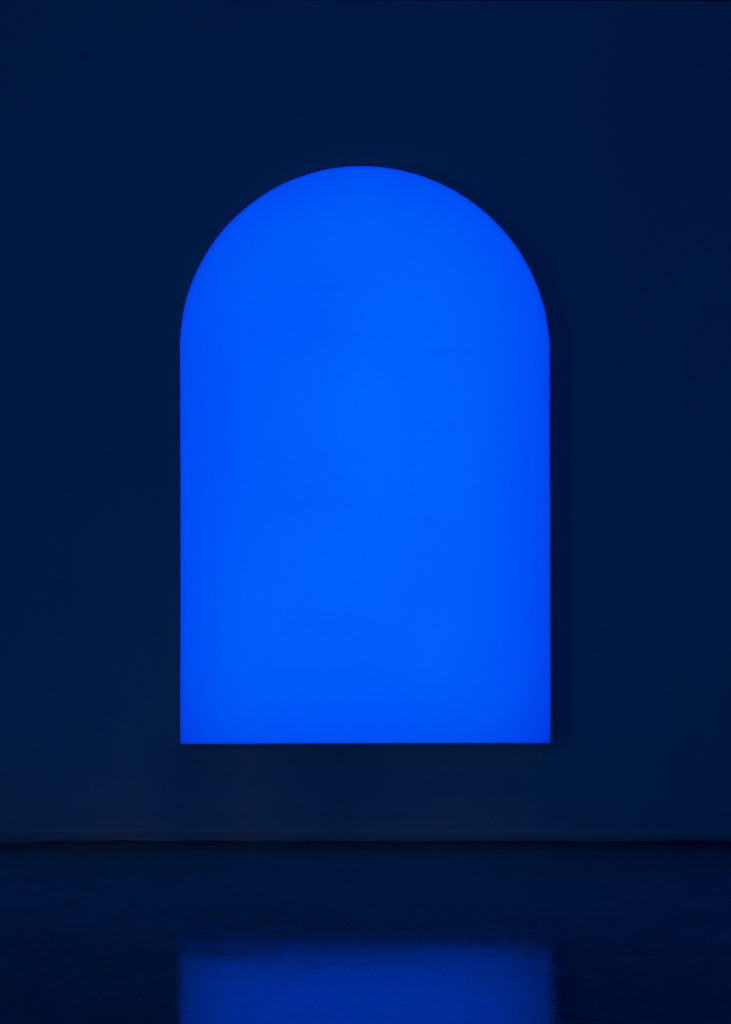
Pamela Rosenkranz’s Alien Blue Window (Atis Via San Tomaso 53), (2017). Photo: Mark Asekhame. Courtesy Sprueth Magers.

Tente en el aire (2018) by Sol Calero, who will be in a joint presentation at Barbara Gross Gallery. Installation view from Kunsthalle Lissabon.
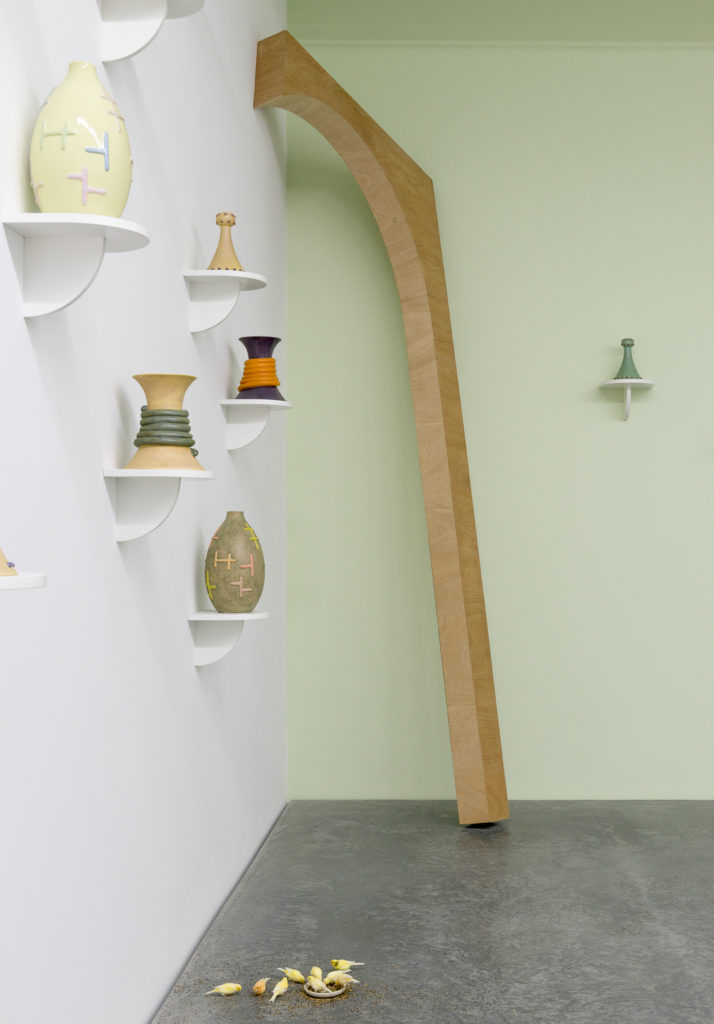
Marc Camille Chaimowicz. © Galerie Neu.
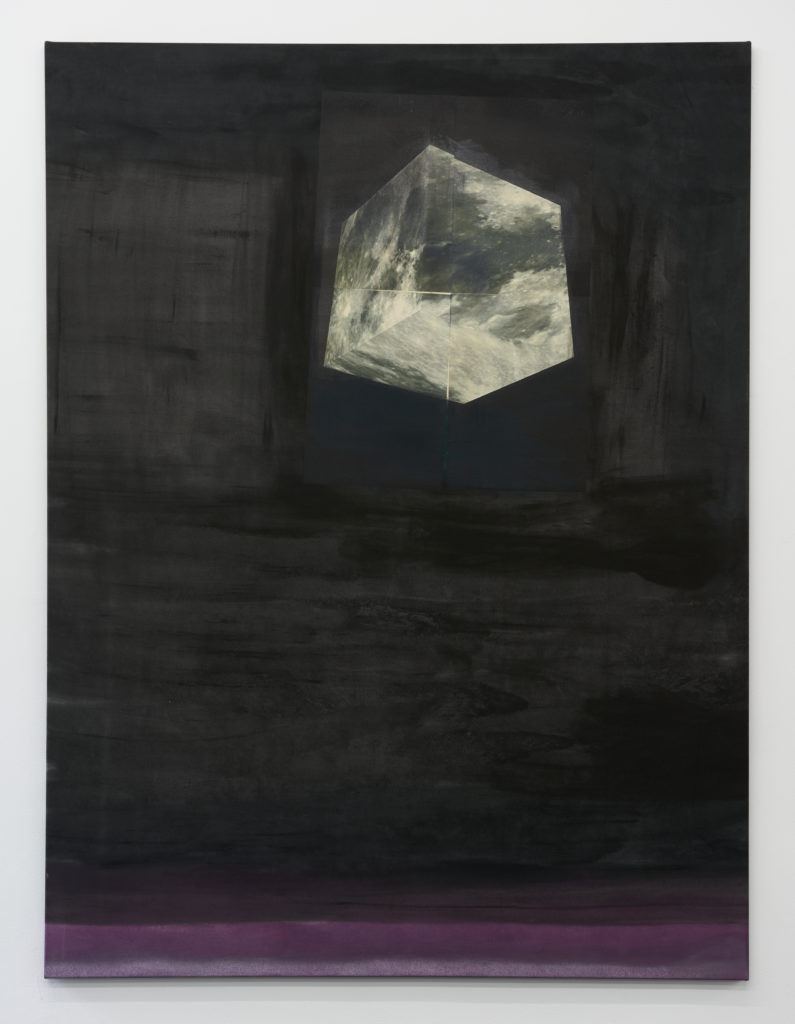
Tobias Spichtig. Courtesy Deborah Schamoni.
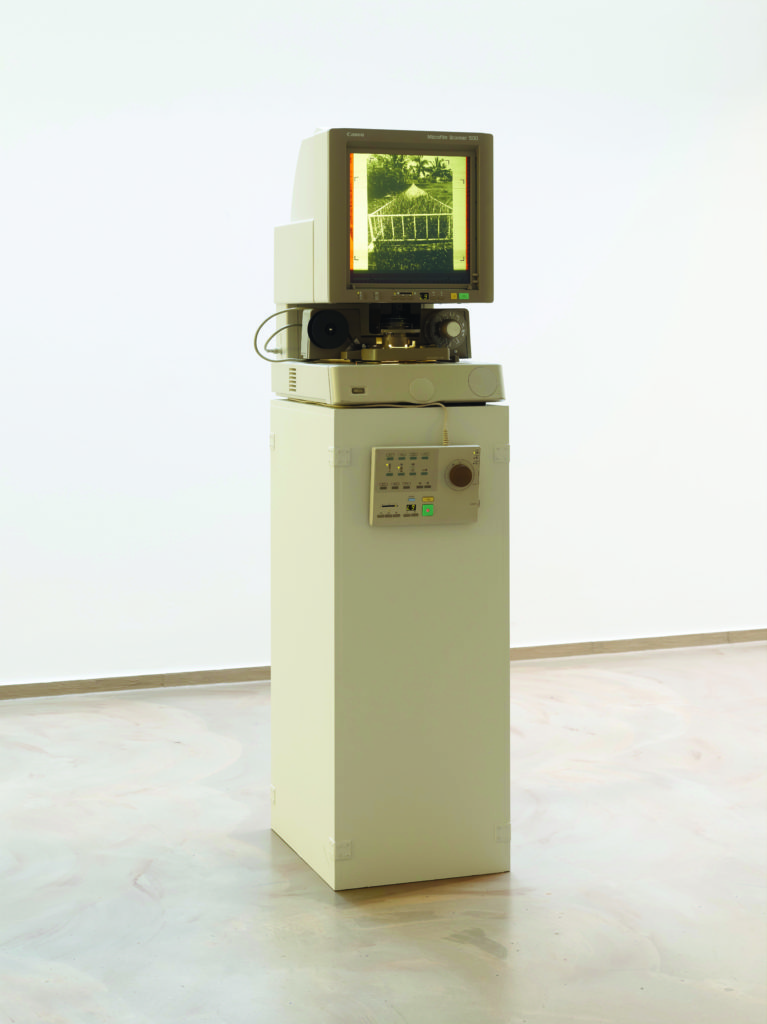
Luke Willis Thompson Sucu Mate (2012). Courtesy: Luke Willis Thompson und Galerie Nagel Draxler, Berlin/Köln Photo: Simon Vogel.
